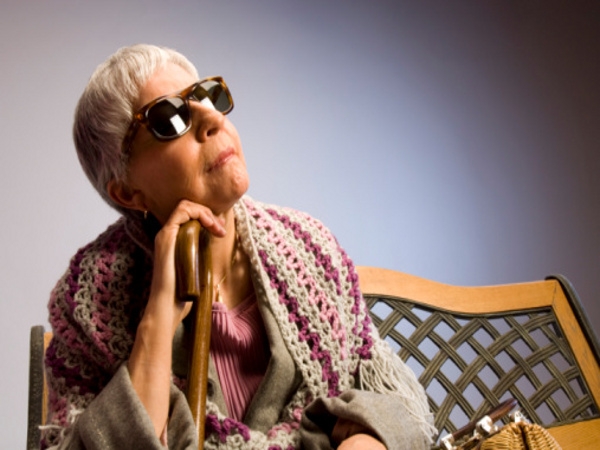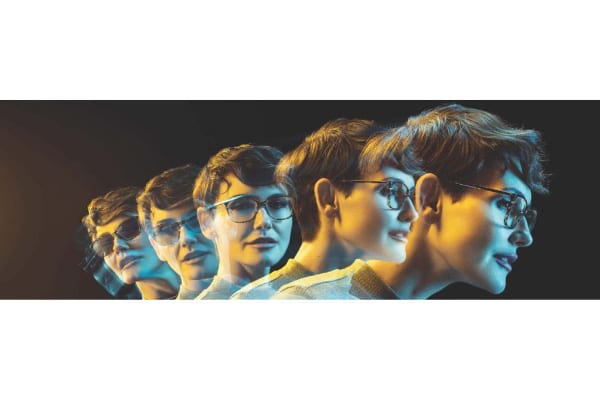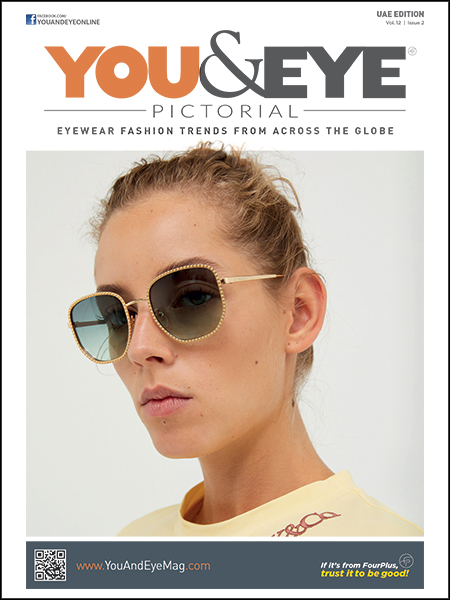Just like the rest of your body, ageing tends to affect your eyesight as well. Age related macular degeneration (ARMD) is a problem occurring due to the various changes in the structure of the central retina due to aging that tends to affect the eyesight of an individual. The pace at which ARMD advances varies from person to person.
What Is ARMD?
Age related macular degeneration is a condition where the affected individual tends to lose his or her eyesight due to the degeneration of the macula. The macula is made of several light sensing cells that are responsible for providing the sharpness in your vision. When it is affected by ARMD, it results in the patient having difficulty to see clearly.
Who Is At Risk?
One of the major factors that increase the risk of age related macular disorder is age. As you grow older, the risk becomes higher. Also, ARMD is not gender biased. But, those with a hectic or unhealthy lifestyle are always at a greater risk of developing the disorder.
Types Of ARMD
Before talking about the diagnosis and treatment, you need to familiarise yourself with the types of ARMD. Age Related Macular Disorder is of two types – Nonexudative ARMD and Exudative ARMD. Nonexudative ARMD is a condition associated with the presence of deposits (Drusen) at the posterior pole of the retina. Usually, patients developing Nonexudative ARMD will not experience loss of vision in the initial stages. On the other hand, Exudative ARMD is a condition in which there is a development of membranes called chorio-retinal neovascular membrane (CRNVM), which in turn can lead to bleeding in the eye. This type of ARMD, if left untreated, can lead to scarring of macula and irreversible vision loss.
Symptoms Of ARMD
There are three major symptoms of ARMD:
- Central Visual Loss: The functional loss will lead to an inability to do several activities of your daily routine.
- Central or Paracentral Scotoma: This means the patient will experience a black shadow in the central field of vision.
- Metamorphopsia: In such cases, patients are likely to experience distortion in the vision.
How To Diagnose ARMD?
The process to detect Nonexudative ARMD starts with a clinical examination of the eye which includes procedures like Amsler grid, Slit Lamp biomicroscopy, as well as fundoscopic examination. There are several other advanced procedures that can be used to detect the presence of the CRNVM and other retinal changes.
Treatment For Nonexudative ARMD
ARMD can’t be cured permanently. Once affected, treatment will only help to slow down further degeneration. In case of Nonexudative ARMD, the treatment of the patient varies in accordance to the extent of damage he or she has suffered.
Treatment For Exudative ARMD
The treatment involves injecting growth factor inside the eye. Follow up is done at monthly intervals until the CRNMV lesion becomes inactive. Visual loss is then managed with low vision devices and rehabilitation.
Some Measures That Can Help You Prevent ARMD
According to researches, it has been proved that the occurrence of ARMD is linked to the lifestyle of the individual and exposure to UV radiation. Lifestyle changes like following a balanced diet can reduce the risk of ARMD. You will also need to be regular with your eye check-ups.









